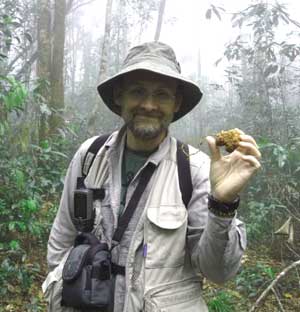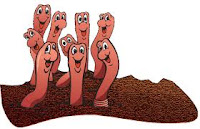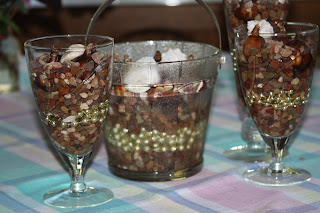Nature's Doctor - Mammals and Insects Self Medicate

The Scientist http://www.the-scientist.com/?articles.view/articleNo/32966/title/Natural-Born-Doctors/ reported that animals and insects self-medicate when they have the need. Excerpts: Michael Huffman CHIMPS " More than 30 years ago, Michael Huffman , who studies evolution of social systems at the University of Kyoto, noticed that wild chimps were treating themselves by ingesting foods with special properties that fight intestinal worm infections." . . . "Huffman first encountered self-medicating chimps in Africa in the 1980s. He recalls watching a sick chimpanzee suck juice from the bitter leaf plant. A traditional healer, Mohamedi Seifu Kalunde, told Huffman that bitter leaf was used medicinally by the local people, the WaTongwe. The plant didn’t provide nutrients to the chimpanzee, and is rarely used by healthy chimps, but sick animals are commonly observed ingesting the plant, and their symptoms usually resolve soon after. Huffman’s later work identified s...









.JPG)


